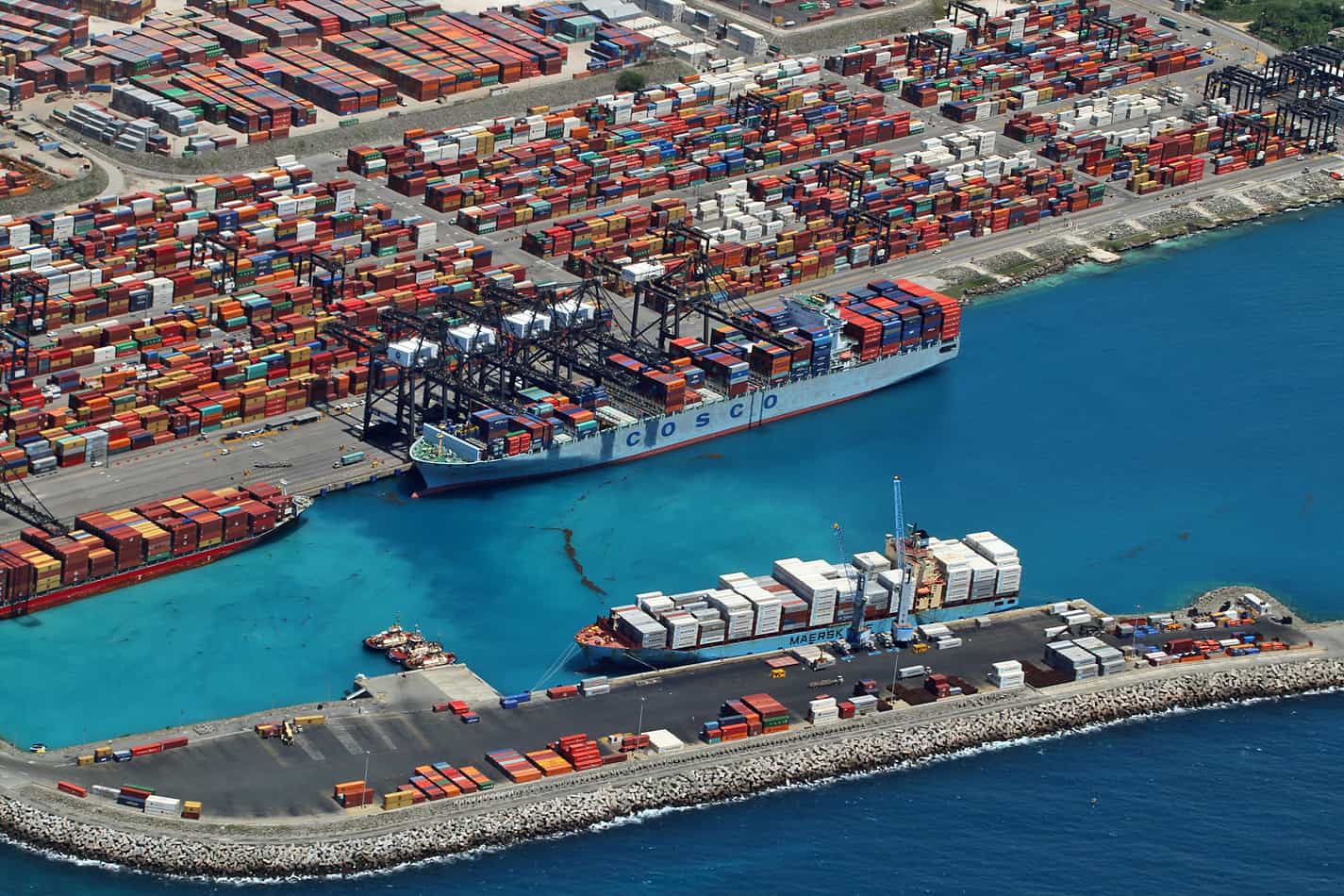
Dominica’s main exported goods
Dominica, a small island nation in the Caribbean, has an economy largely driven by agriculture, tourism, and a growing offshore services sector. The country’s main exported goods have traditionally been agricultural products, although in recent years there has been a shift towards a more diversified export portfolio. However, agriculture remains a central component of Dominica’s export economy. Below is a detailed breakdown of Dominica’s main exported goods.
### 1. **Bananas**
Bananas have historically been the backbone of Dominica’s export economy. For decades, the island was known as the “Banana Island” because of its heavy reliance on banana exports. Bananas are grown primarily by small farmers, and they once accounted for a significant portion of Dominica’s Gross Domestic Product (GDP) and employment. Most of Dominica’s bananas were exported to the United Kingdom under preferential trade agreements. However, changes in global trade policies, competition from Latin American countries, and frequent hurricanes have impacted the industry. Nevertheless, bananas still represent an important export for the country.
### 2. **Citrus Fruits and Juices**
Along with bananas, Dominica produces and exports a variety of citrus fruits such as limes, grapefruits, and oranges. These fruits are processed into juices and essential oils, which are exported primarily to regional markets. Citrus farming benefits from Dominica’s fertile volcanic soil and favorable climate, making it one of the top agricultural exports. The country also exports fresh citrus fruits to other Caribbean nations and occasionally to European markets.
### 3. **Coconuts and Coconut Products**
Coconuts are another key export of Dominica. The island exports both raw coconuts and coconut by-products, such as coconut oil and coconut water. These products are in high demand due to their nutritional value and health benefits. Coconut oil, in particular, is sought after in both the food and cosmetic industries, with markets extending across the Caribbean, North America, and Europe.
### 4. **Root Crops**
Dominica is known for exporting various root crops such as yams, dasheen (taro), tannia, and sweet potatoes. These crops are part of the island’s traditional agriculture and are often sold in fresh or processed forms to regional and international markets. Root crops are a staple food in the Caribbean, and Dominica’s produce is considered of high quality due to the fertile soil and organic farming practices.
### 5. **Bay Oil**
Bay oil, an essential oil derived from the bay tree (Pimenta racemosa), is a unique and important export for Dominica. The island is one of the few places in the world where bay oil is produced, making it a niche export product. It is primarily used in cosmetics, perfumes, and medicinal products, and is exported to Europe, North America, and other parts of the Caribbean. Bay oil production has been a tradition in Dominica for over a century, and it remains a valuable export commodity.
### 6. **Soap and Skincare Products**
Leveraging its natural resources, Dominica exports handmade soaps and skincare products that are made using locally sourced ingredients such as coconut oil, cocoa butter, and bay oil. These products are often marketed as natural or organic, appealing to health-conscious consumers globally. Small businesses and cooperatives on the island produce these goods, which are increasingly finding a niche in international markets.
### 7. **Fresh Vegetables and Fruits**
In addition to bananas and citrus, Dominica exports a variety of fresh vegetables and fruits such as plantains, passion fruit, pineapples, and avocadoes. The organic nature of much of Dominica’s agriculture, along with its tropical climate, enables the island to produce high-quality fruits and vegetables. These products are sold to nearby Caribbean countries and, to a lesser extent, North America and Europe.
### 8. **Fish and Seafood**
Dominica’s coastal waters are rich in fish and seafood, which are exported in small quantities to regional markets. Tuna, lobster, conch, and snapper are among the most popular seafood exports. The island’s fisheries are primarily small-scale operations, but there is potential for growth in this sector as demand for sustainable seafood continues to rise globally.
### 9. **Manufactured Goods**
While Dominica’s manufacturing sector is relatively small, it does export a few manufactured goods, such as bottled water, rum, and artisanal products. “Nature Island” branded bottled water, sourced from the island’s abundant freshwater resources, is exported to regional markets. Additionally, Dominica produces and exports rum, capitalizing on its rich history of rum-making. Artisanal crafts, including woven baskets and jewelry made from local materials, are also exported in limited quantities, primarily to the tourism market.
### 10. **Eco-Tourism and Services**
Although not a tangible product, eco-tourism has become an important “export” for Dominica in terms of generating foreign exchange. The island markets itself as the “Nature Isle of the Caribbean,” attracting tourists with its unspoiled rainforests, waterfalls, and diving spots. Revenues from tourism services are a significant part of the export economy, although this sector was heavily affected by the COVID-19 pandemic.
### Conclusion
Dominica’s export economy remains anchored in agriculture, with bananas, citrus, and coconut products leading the way. However, the country has been gradually diversifying its exports to include manufactured goods, essential oils, and artisanal products. With an abundance of natural resources, Dominica is well-positioned to continue expanding its export portfolio, particularly in niche markets like organic and natural products. Nonetheless, challenges such as climate change, global trade competition, and infrastructural limitations continue to impact the island’s export potential.



Leave a Reply